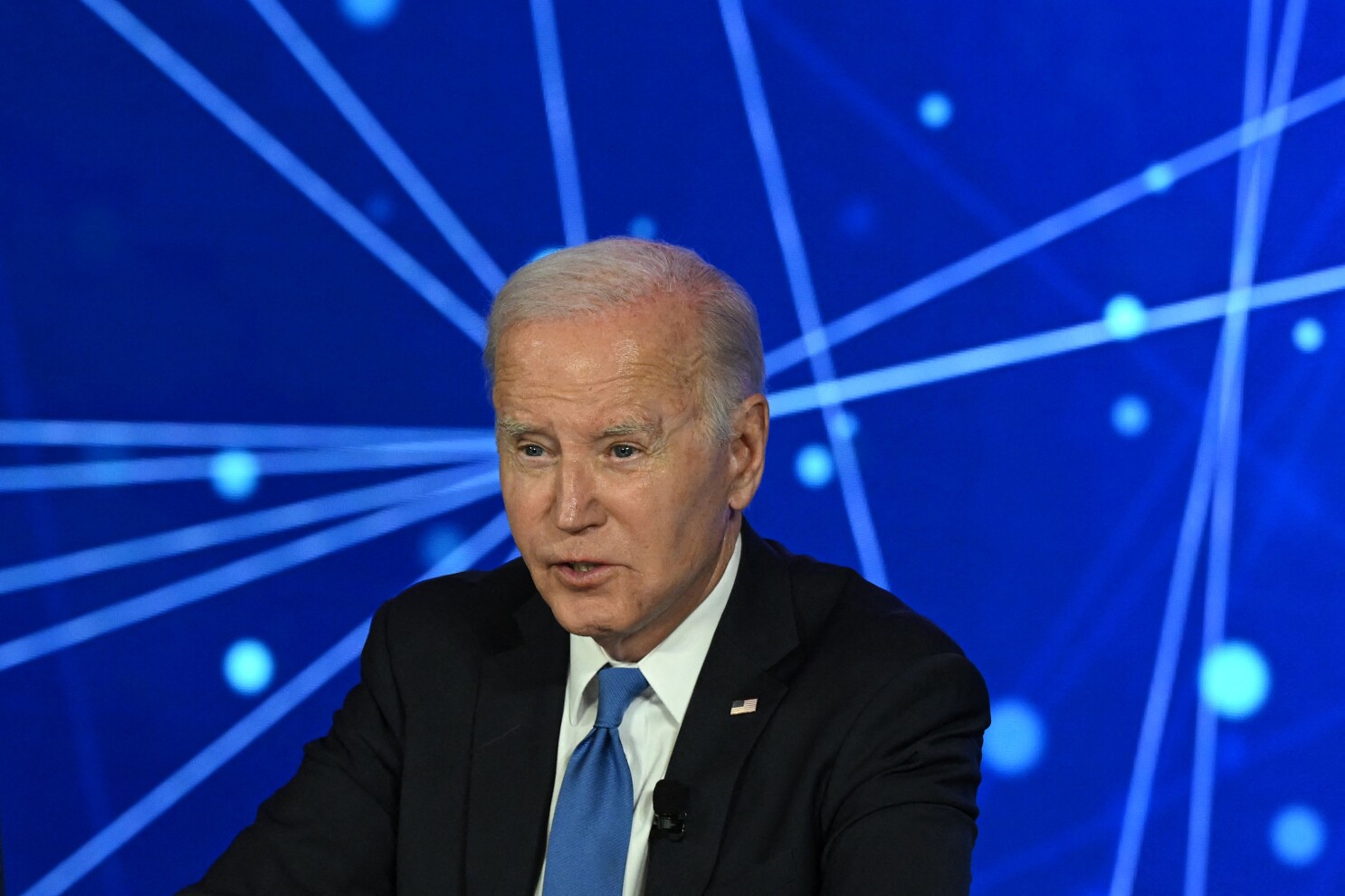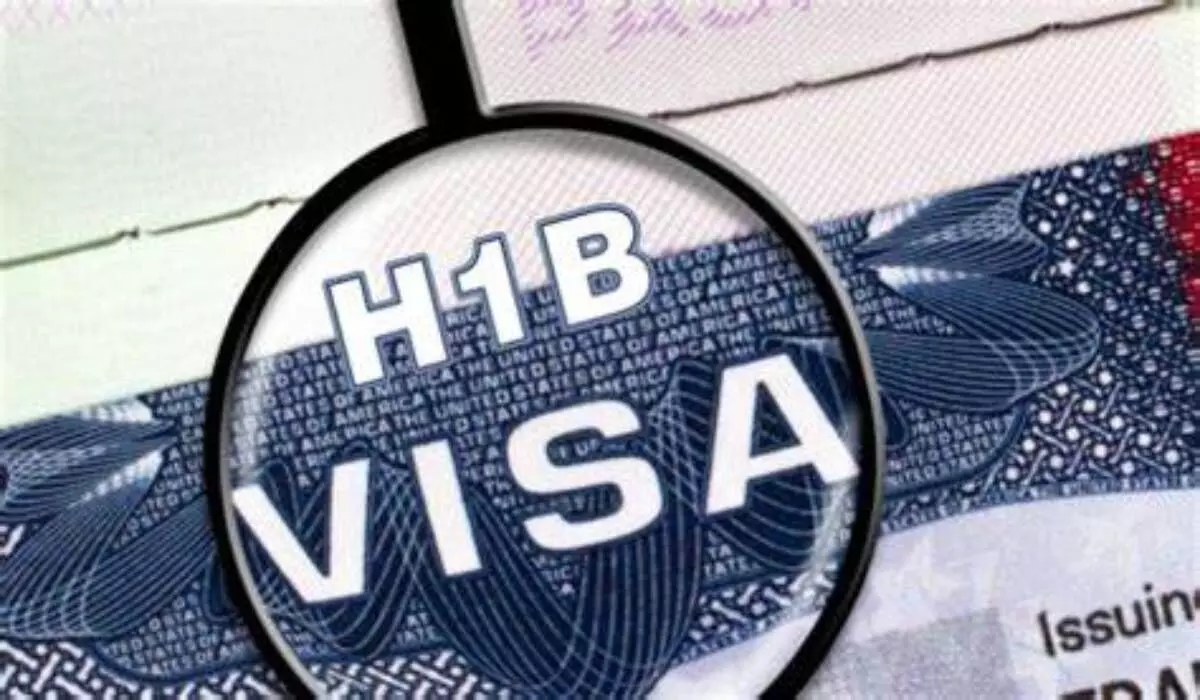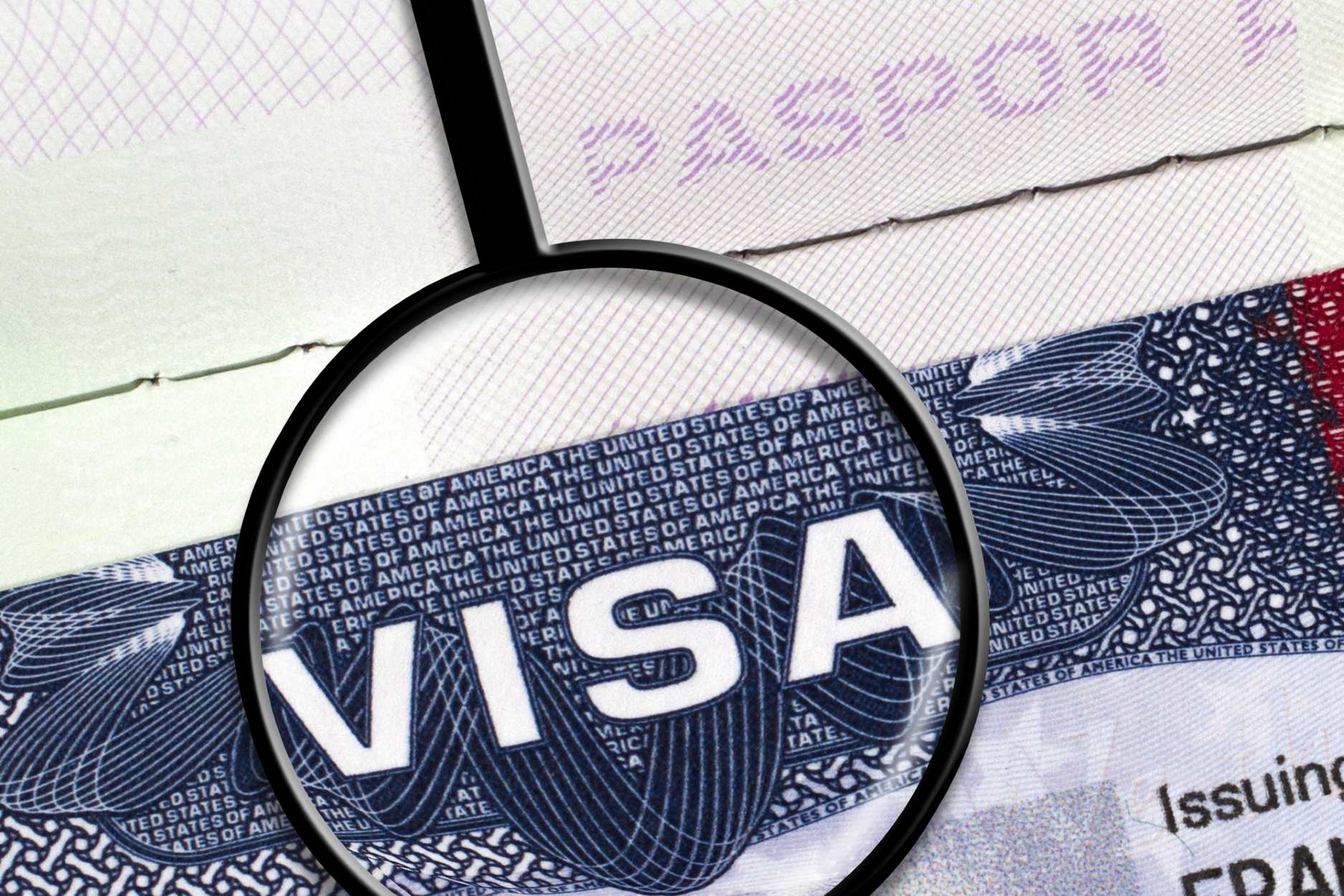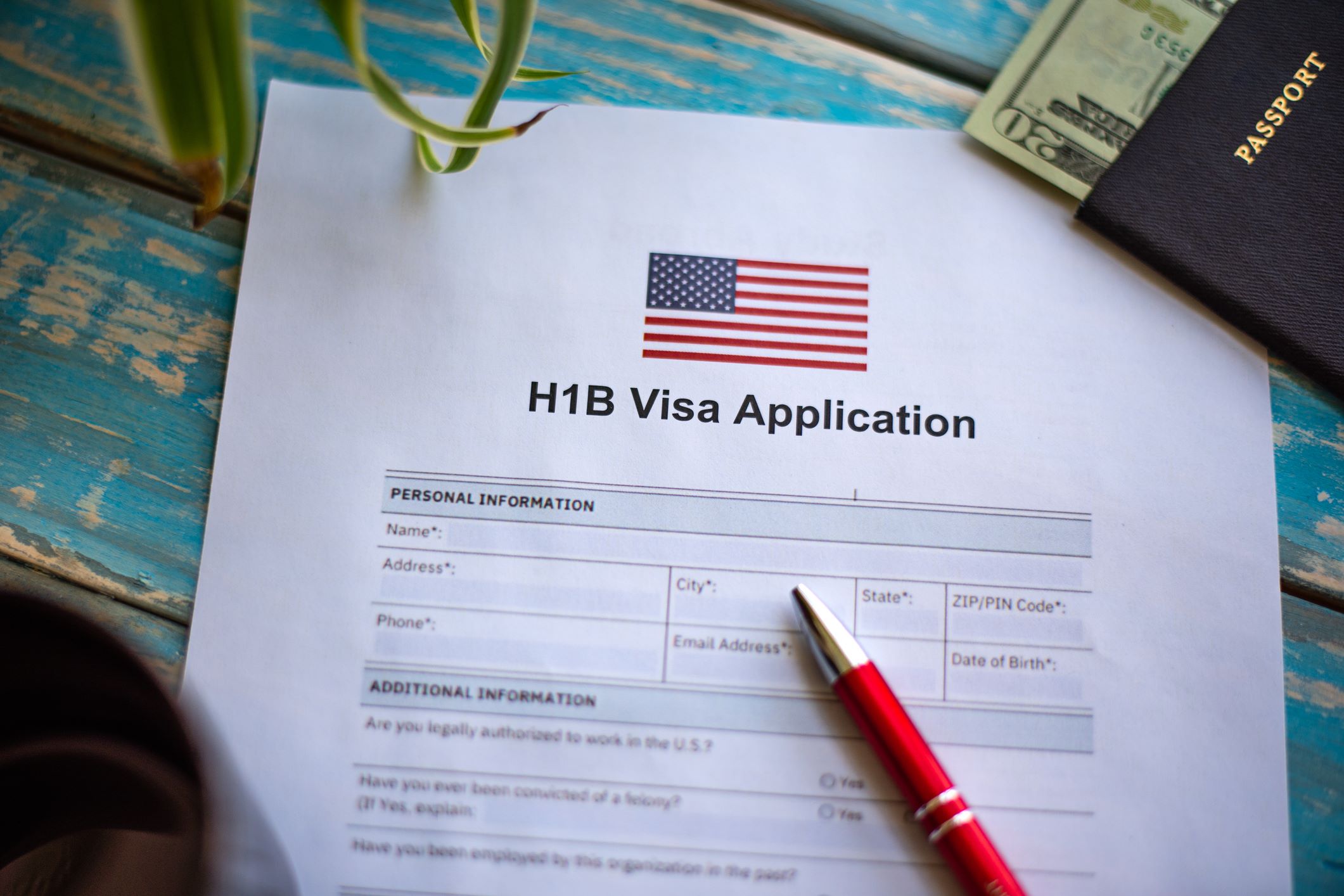Embarking on a journey of immigration independence can be both exciting and overwhelming for foreign workers in the United States. As an AI engineer on an H-1B visa, you may find yourself looking for new opportunities beyond your current employer, especially in the wake of recent events. In this article, we will explore the possibilities and provide guidance on how to navigate this path.
Key Takeaway
The Biden administration’s commitment to attracting and retaining talented AI engineers signals hope for individuals in Emboldened Employee’s position. Additionally, the high demand for AI engineers across various companies, both big and small, creates multiple opportunities for exploration. It is crucial to familiarize oneself with the available options and navigate the immigration journey strategically.
Emboldened Employee’s Dilemma
Emboldened Employee, an AI engineer on an H-1B visa, finds themselves in a situation where they have signed a letter demanding the resignation of the board at OpenAI. Although the return of Sam Altman as OpenAI’s CEO seems to have resolved the immediate concern, it raises questions about the future and the desire to explore new opportunities at AI startups. This predicament resonates with foreign workers across Silicon Valley and the entire country, making it essential to address.
Standing up for Values
It is worth acknowledging and appreciating Emboldened Employee’s courage in standing up for their values. The willingness to put their ability to remain in the United States at risk demonstrates the tenacity, grit, and determination that immigrants bring to this country. Such actions should be celebrated, especially during this Thanksgiving week, as they contribute to the diversity and strength of the nation.
Exploring New Opportunities
As an AI engineer, Emboldened Employee has a wide array of possibilities to consider. One option is to remain at OpenAI temporarily while seeking part-time employment at an AI startup. Before pursuing this avenue, it is advisable to review the employment contract with an intellectual property attorney to ensure compliance.
Alternatively, leaving OpenAI and searching for a position at an AI startup is another path to explore. However, it is important to be aware of the 60-day grace period after leaving a job. To continue job hunting beyond that period, acquiring a B-1 business visitor visa may be necessary. USCIS has clarified that the grace period can apply even if one leaves their job, allowing for legal exploration of new roles while in B-1/B-2 status.
For those with entrepreneurial aspirations, starting their own AI company as an immigrant is a viable option. There is a significant amount of early-stage pre-seed funding available for generative AI startups, reaching over $40 billion in VC funding during the first half of 2023. Additionally, AI companies have received more than a quarter of the total investments in all startups in the U.S. this year, further highlighting the potential for success.
It is important to note that if OpenAI sponsored the H-1B visa, working for another startup or starting one’s own company would require either a transfer of the H-1B or sponsorship for a different visa. Many individuals opt for a concurrent H-1B as a form of layoff insurance, provided they meet the eligibility criteria.
As you embark on your journey of exploring new opportunities and immigration independence, it is crucial to seek legal counsel from experienced immigration attorneys who can guide you through the intricacies of the process. Remember, you are not alone, and with the right support and determination, you can navigate this path and thrive in your chosen endeavors.

























